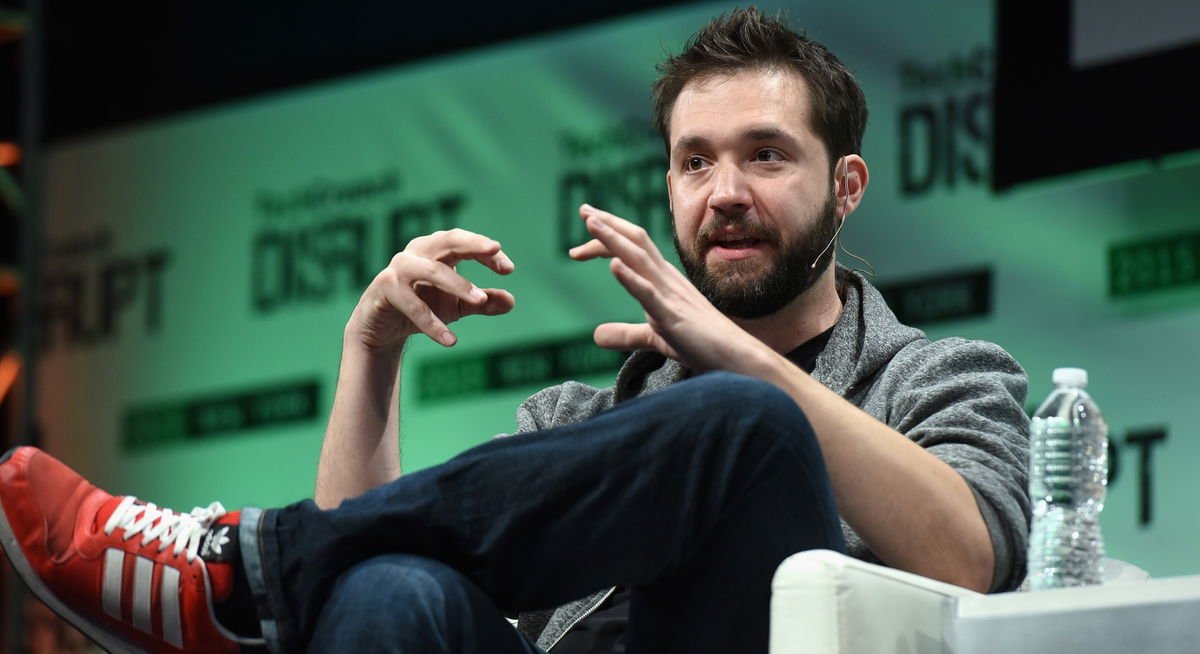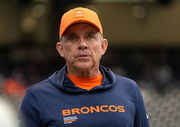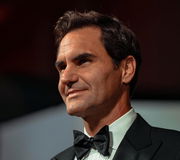

In a groundbreaking move to revolutionize athlete compensation, track and field legend Michael Johnson is leading a $10 million event aimed at enhancing athletes’ pay. The Grand Slam Track was introduced with the goal to “break new ground in their personal storytelling, competitive success, and marketability”. It promises to revive viewership of what is often dubbed a ‘dying sport’. This league aims to empower athletes to control their narratives and compete for substantial prizes, tackling longstanding financial disparities in track and field.
Watch What’s Trending Now!
Alexis Ohanian, husband of Serena Williams, is also supporting this initiative. The co-founder and chairman of Reddit’s investment in the 2024 venture, the 776 Invitational, underscores his dedication to advancing athlete compensation. The Grand Slam Track, likely on his 2025 roster, represents the next phase of this transformative initiative.
ADVERTISEMENT
Grand Slam Track promises financial stability for track and field athletes
In a recent podcast with Citius Mag on YouTube, Michael Johnson spoke about the details of his new track and field league; Grand Slam Track. The new league in collaboration with Winners Alliance aims to promote the popularity of track and field, and by association, the athletes. It has already secured over $30M in funds and will be unveiled in 2025. Johnson said, “I am delighted to finally unveil Grand Slam Track to millions of track fans worldwide.” As the league’s founder and commissioner, he expressed his pride in the new venture, “We are excited to launch this new platform for the planet’s greatest racers in this sport we all love.”

ADVERTISEMENT
It will be a platform to provide athletes with the opportunity and compensation they truly deserve. This came just after Alexis Ohanian, the tennis champion posted on X that 10% of all revenues will go directly towards paying the athletes. Ohanian stated, “Finally, let’s talk returns 🤝 In addition to those cash prizes, we’re also committed to reinvesting in athletes with a 10% giveback. What does that look like?” Additionally, he said, “Aligning what’s good for our event with what’s good for our athletes feels like a no-brainer.”
ADVERTISEMENT
Johnson elaborated on the compensation structure stating, “Our Grand Slam Track racers are signed to a contract and paid base compensation every year based on their value. In the past, track athletes were paid primarily to endorse a company. Now they can still do that but also be paid to race. They should be paid and compensated commensurate with their performance and what they bring.” He provided a detailed breakdown explaining, “I did the math: if you add up those eight spots, it’s $262,525 per event times six men, six women.”
Top Stories
Greg Biffle’s $4M Worth Prized Possession Still Without a Buyer Leaves NASCAR Fans Heartbroken

LIV Golf Braces for Another Possible Exit in Wake of Brooks Koepka Departure

Sean Payton Announces Retirement Plans as Broncos HC Demands Improvement From Bo Nix & Co. Before Playoffs

Biff Poggi All But Confirms Bryce Underwood’s Michigan Future After Announcing His Own Departure

Roger Federer Draws Criticism from Swiss Government Chief for Tourism Boom in Country

Amanda Balionis Confirms New Relationship Ending Months of Rumors

The league will feature two types of athletes: GST Racers and Challengers. Forty-eight Racers will participate in all four events annually, competing for a prize pool of $12.6 million. Forty-eight Challengers, selected by the Slam Track Racing Committee, will compete in standalone events, receiving appearance fees and prize money. First place will earn $60,000, with runners-up receiving $25,000 and $10,000, respectively. Fourth place will get $8,000, while fifth and sixth places will receive $5,000 and $2,500. Olympian Sydney McLaughlin-Levrone is reportedly already on board, hopefully inspiring many peers to join this revolutionary venture.
ADVERTISEMENT
What’s in store for the Grand Slam Track?
The Grand Slam Track will hold four yearly events during the summer and spring seasons, hosted in different international locations. Los Angeles will serve as the global home and will host one of the slam events. Currently, two slams will be held within the United States and two abroad. A total of 96 athletes will compete each year, with the possibility of increasing this number in the future. Following in Sydney McLaughlin-Levrone’s footsteps, more top sprinters like Sha’Carri Richardson, Noah Lyles, and Christian Coleman are set to join the league as Racers or Challengers.
The league is aiming to leverage the popularity of both the Olympics and the Diamond League this year. Michael Johnson, the 200m world record holder from the 1996 Atlanta Olympics, has voiced dissatisfaction with the current management of track and field, particularly concerning how athletes and the sport are handled. One key issue he highlights is the infrequent competition between high-profile athletes, making it difficult for fans to maintain their interest and anticipation for the races. Johnson aims to change this aspect, among many others. As a veteran of the sport, he brings unique insider perspectives that are sure to contribute to the league’s success.
ADVERTISEMENT
ADVERTISEMENT
ADVERTISEMENT

